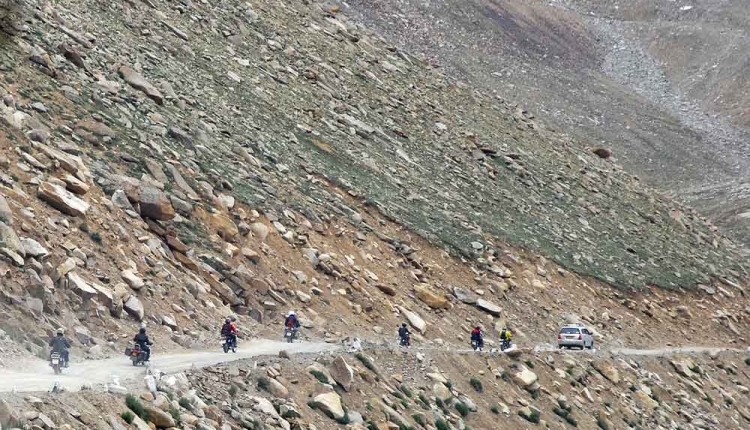Do you get sick when you ascend to high altitudes? You are not alone – lots of people suffer from this and the good news is you can learn a few tricks to control it. This is called high altitude sickness. On the other hand, you’ve never been to high country but are keen on climbing, skiing, hiking or trekking to high altitudes in the near future, you may have at some point wondered how your body would handle reduced atmospheric pressure and low oxygen. If you know what works for other people, it could help give you ideas on how to cope with such a situation.
So what happens in high altitudes?
As you climb to higher altitudes, atmospheric pressure drops and the air gets thinner- not to mention a reduction in oxygen. It also gets colder and drier the higher you go, and the sun’s rays get stronger. As your body tries to adjust to these changes, unpleasant effects may occur. The extent to which your body reacts to these changes may depend on a number of things, including the speed at which you go up, how high you climb, and your general fitness.
In addition, factors such as existing medical conditions also determine how well- or not- your body adjusts. High altitude sickness may be more severe when factors such as these are in the equation:
- Asthma
- Anemia
- Hypertension
- Smoking
- Diabetes
It is recommended that you seek advice from a health expert before climbing to high altitudes, and more so if you smoke or have any of the aforementioned health conditions.
Symptoms of high altitude sickness
The most common symptoms are headaches, insomnia, and loss of appetite. This occurs most often in cases where an individual ascends from low altitudes up to altitudes of 8,000 ft. or higher, in a short period of time. Other symptoms may include:
- Nausea
- Vomiting
- Restlessness
- General weakness
- Loss of consciousness
Symptoms vary from one person to another, and they may not start until after a day or two in high altitude. The effects on your lungs and brain could get complicated, which is why such cases have to be addressed immediately, and this could mean air-lifting an individual to the nearest health facility, if the case is severe.
Complications
If at some point you develop a wet cough in high altitude, and increasing shortness of breath; or a feeling of fluids collecting in your lungs, it could be a more severe condition known medically as High Altitude Pulmonary Edema, or HAPE. This type of situation requires urgent medical assistance and should never be ignored.
Precautions
When you arrive at high altitudes, limit physical exertion to a minimum, and avoid alcohol and caffeine consumption for at least a day or two. Salty foods are bad for you but you need more carbohydrates. More importantly, pay attention to the changes occurring in the body, and try not to panic if you experience an unpleasant episode. If you have specific concerns about your health, start by talking to your doctor and learn as much as you can.
Remember to do the following:
- To prevent sun damage, you need sunscreen for this- go for ‘SPF 30’ products and wear sunglasses
- To prevent hypothermia,
- Wear extra clothes.
- Drink warm / hot fluids.
- Eat well.
- Avoid wet clothing.
- Pay attention to each other for warning signs.
Temperature falls about 3 degrees Fahrenheit for every 1,000 ft. you gain, so you need to be prepared for that change. Here are a few more tricks to keep you fit:
- Climb fast, but sleep low. If you ascend at higher speeds, find a low spot to sleep. If you make it past 10,000 ft., climb no more than 1,000 ft. per day.
- Rest if you start to feel sick.
- Slow your pace as you go higher.
- Acclimatize by spending time in high altitudes before you go all-in.
- keep your self Hydrated by drinking water.
If you intent to take medication with you, ensure it is prescribed by a health expert and discuss in detail the height to which you plan to climb, and how you plan to do it. The entire experience should turn out great if you and your friends take all the necessary precautions and look out for each other. Conditions such as this can be avoided if proper medical advice is taken, so as always, call your doctor before embarking on such adventures.
Related: Know about AMS
